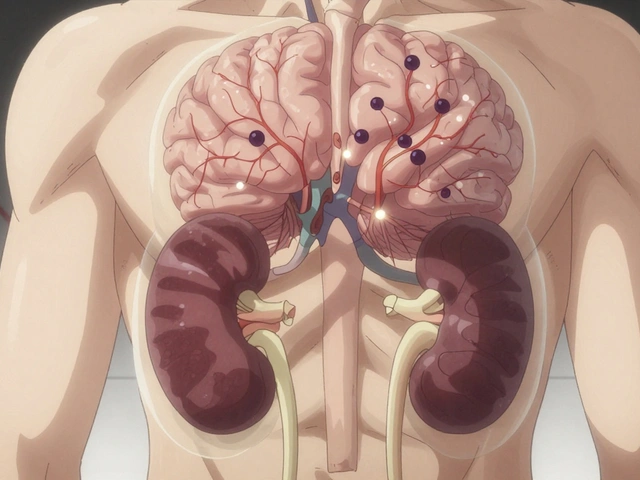First Stage of Labor
Understanding first stage of labor can make the difference between panic and confidence when labour begins.
What Happens During Early Labour?
When you experience first stage of labor, the body enters the initial phase of childbirth, marked by regular uterine contractions, the gradual opening of the cervix, and the thinning (effacement) of cervical tissue. Also known as early labour, it sets the stage for active pushing later on. This stage encompasses cervical dilation, which is measured in centimeters from 0 to 10, and pain management, which influences a mother’s comfort and stress levels.
During these first hours, contractions appear as rhythmic tightening of the uterus, lasting 30‑70 seconds and becoming more intense over time. The frequency and strength of these contractions drive cervical dilation as the cervix stretches from closed to fully open, allowing the baby to descend. Effective pain management —whether through breathing techniques, water immersion, epidural, or medication —reduces the hormonal stress response, helping the uterus work more efficiently. These relationships create a clear chain: first stage of labor → contractions → cervical dilation → pain management improves outcomes. Knowing how each element interacts lets you plan, ask the right questions, and stay calm.
Below you’ll find a curated set of articles that break down these topics in detail. From recognizing true labor cuts to choosing the best pain relief method, the collection covers practical advice, medical insights, and real‑world tips you can apply right now. Dive in to see how each piece fits into the bigger picture of early childbirth and to arm yourself with the information you need for a smoother experience.

Understanding the Stages of Labor: What to Expect at Each Phase
A clear, step‑by‑step guide on the three stages of labor, what signals to watch for, and practical tips to feel prepared for each phase.
Continue Reading



